Photo of Sharon Santoni’s Garden by Olivia Hoffman
With winter winding down, it’s game time for gardeners. A fruitful spring, summer, and fall are all dependent on the preparation that takes place at the end of the cold season.
SUBSCRIBE TO THE MAGAZINE
Whether you are new to gardening or a seasoned plant connoisseur, there are a number of things to keep in mind before getting your hands dirty. As we gear up for a bountiful spring, we turn to gardening expert (and My French Country Home founder) Sharon Santoni to lend us some essential tips!
1. Decide on your basic garden layout
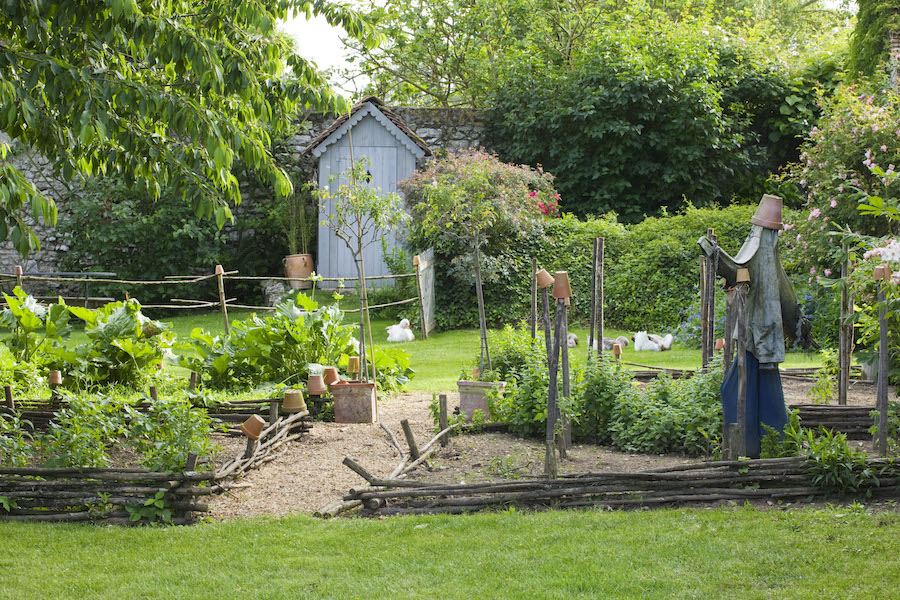
Before spring arrives, picture the general aesthetic you are aiming for in your garden. Think first about the three basic elements: space, color, and height. Evaluate the space that you have to work with and how the colors will work together within that area, as if you were planning a painting. The height of the plants will also need to be taken into consideration so that one isn’t towering over the other and hogging the sunlight.
2. Plant according to your budget
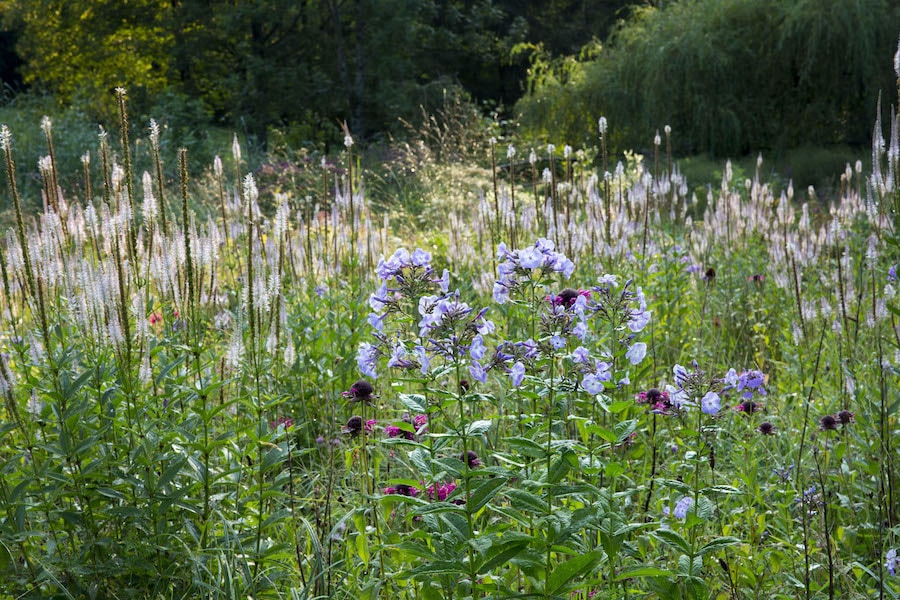
If you are working on a tighter budget, go for perennials. While they might cost more initially, perennials are a great investment because they will keep growing back as long as they are cared for properly. Keep in mind that there are also flower varieties that thrive the more you cut them. Dahlias and cosmos, for example, invite the gardener to “cut and come again,” giving you a great bang for your buck.
3. Think ahead to the bouquets you want

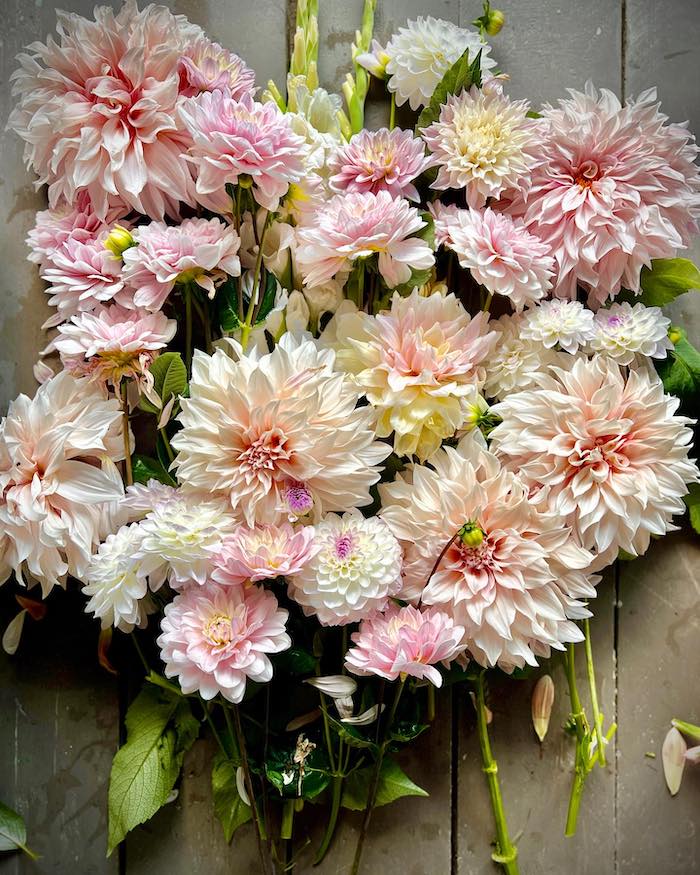
When the aim is to bring plants inside, consider throwing down seeds for varieties like cosmos, zinnias, cornflower, linen, flax, nigella, and Jacob’s ladder. Dahlias and sunflowers also make for wonderful bouquets, but remember that gardening is a patience game – you won’t see them flower until August. For a great selection of premium seeds, we recommend ordering from the following growers:
- USA – Burpee or Floret
- UK – Sarah Raven or Chiltern
- France – Promesse de Fleurs or Gaspardatable
4. Make friends with other gardeners

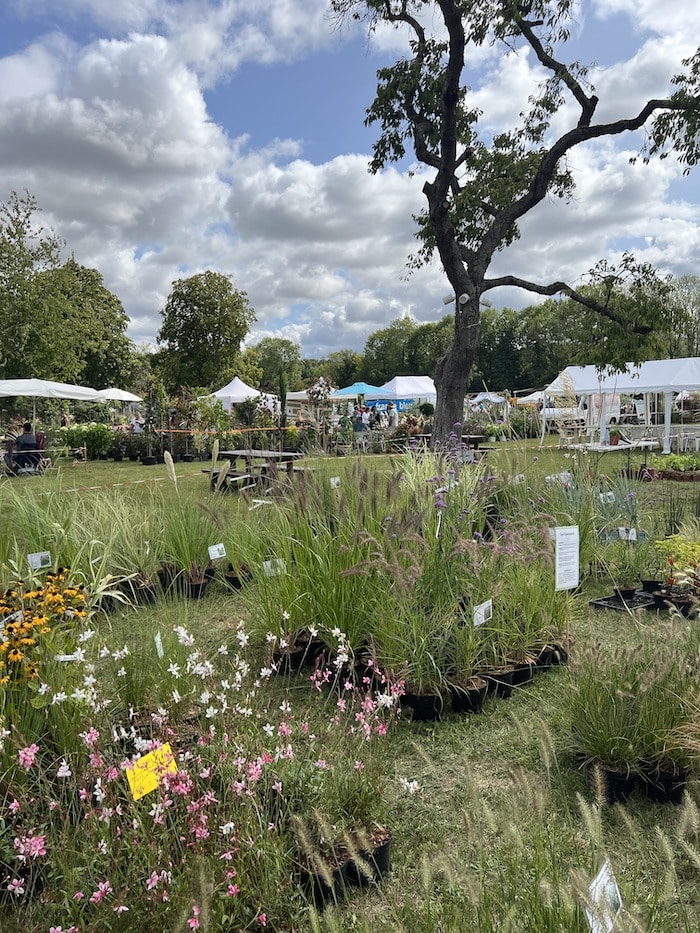
Gardeners are generous people and love to share! Going to local plant fairs and participating in plant swaps – especially with seeds – is a fantastic way to expand and diversify your garden from year to year. Exchanging knowledge, tips, and materials, you will soon see that growing your gardening community is indispensable to growing your garden.
5. Grow your own ratatouille
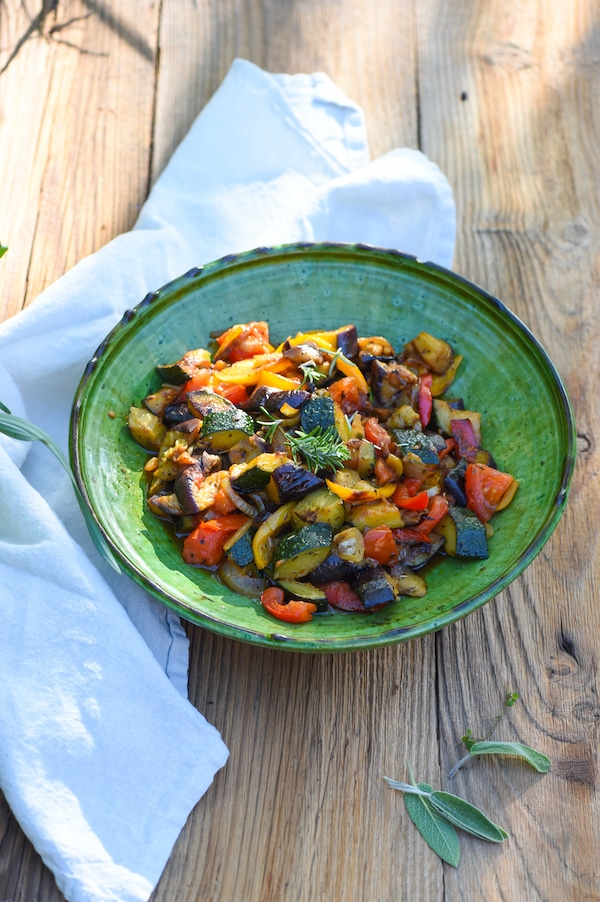
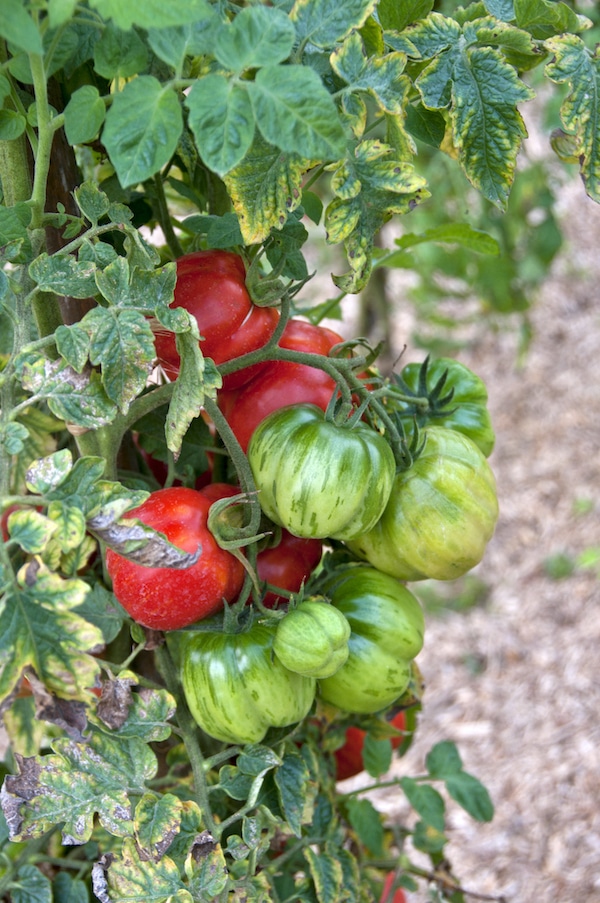
When considering which vegetables to plant, take lead from the classic French recipe, and grow your own ratatouille. Tomatoes, eggplants, zucchini, and red peppers are the easiest vegetables to start a potager. Get the young plug of the plant as opposed to the seeds, and plant just a few of them in rows. Four plugs of each will sprout into enough veggies to feed a family.
6. Color code your salad

Growing various varieties of salad is a beautiful way to fill out your vegetable garden. Plant the same colors of cabbage together in rows for an aesthetically organized rainbow of salad so that it will look just as pretty as it will taste.
7. Expand the garden with potted strawberries
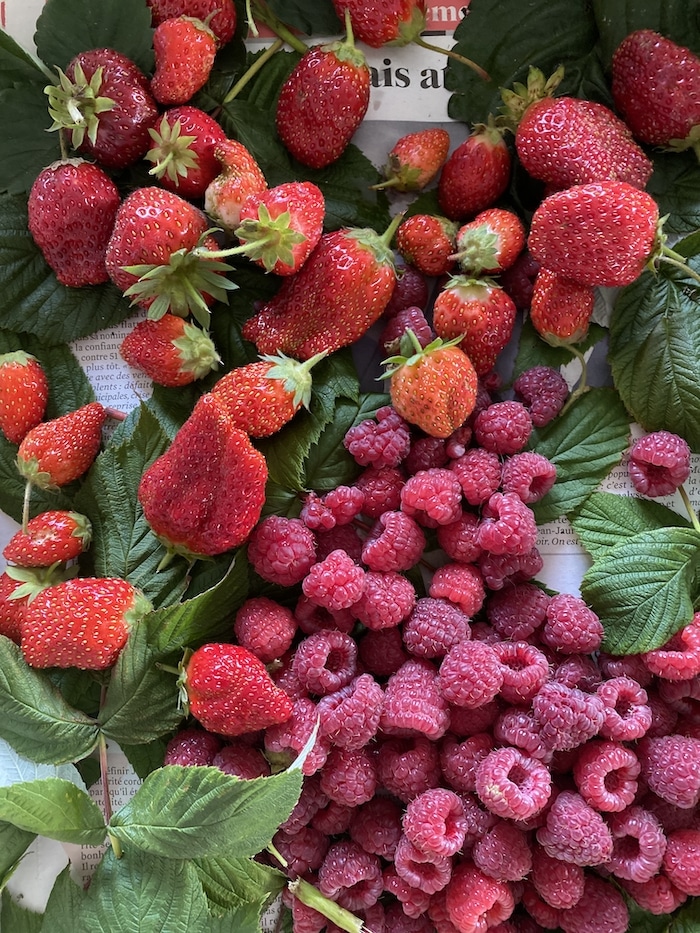
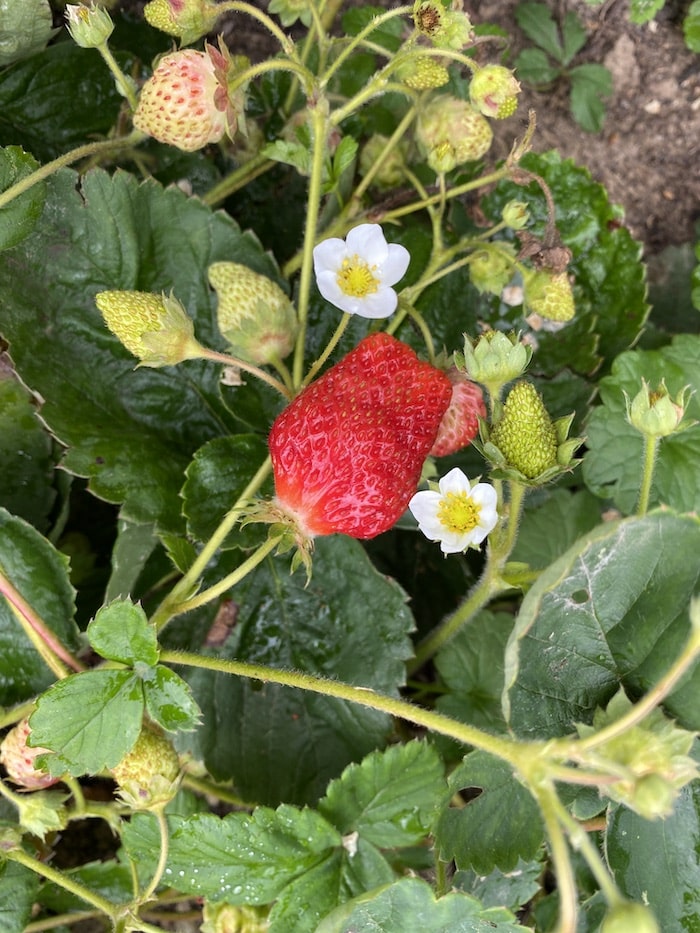
Strawberries and raspberries are the easiest fruits to produce if you would like to add a little sweetness to your edible collection. If fruit doesn’t fit into the space you have available, strawberries grow very nicely in potted plants, allowing you to expand your garden onto the terrace.
8. Consider the no-dig method
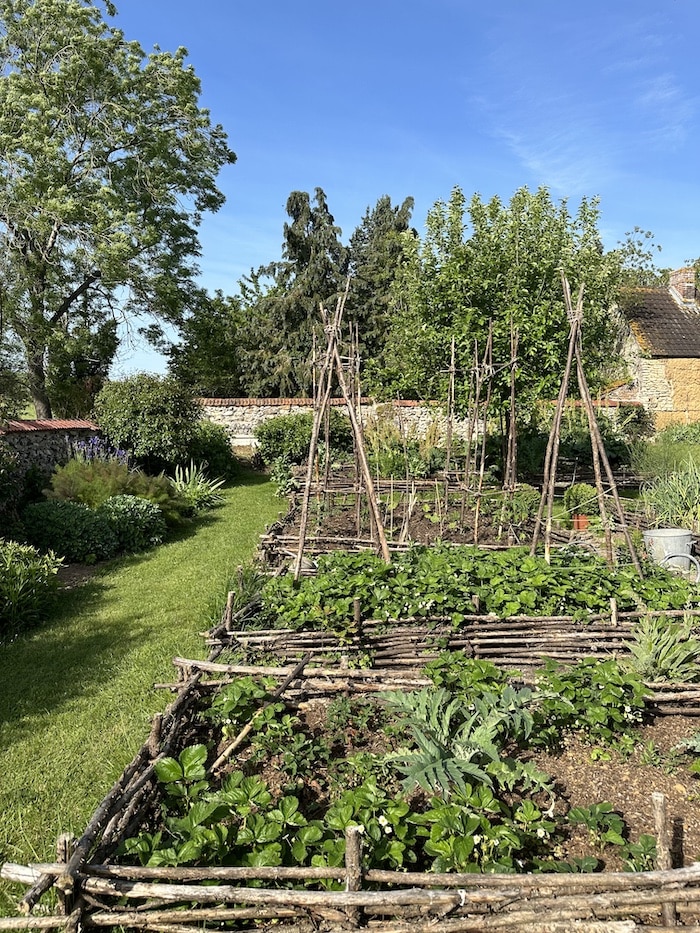
The no-dig method is a life changer. Simply covering the ground with organic matter (such as garden compost) instead of digging or forking, the no-dig method leads to less work, fewer weeds and richer, healthier soil. Sharon started using this method in her potager and is gradually extending the method to the rest of the garden. For the very best in no-dig tips, head to the YouTube channel of Charles Dowding.
9. Frost is your enemy
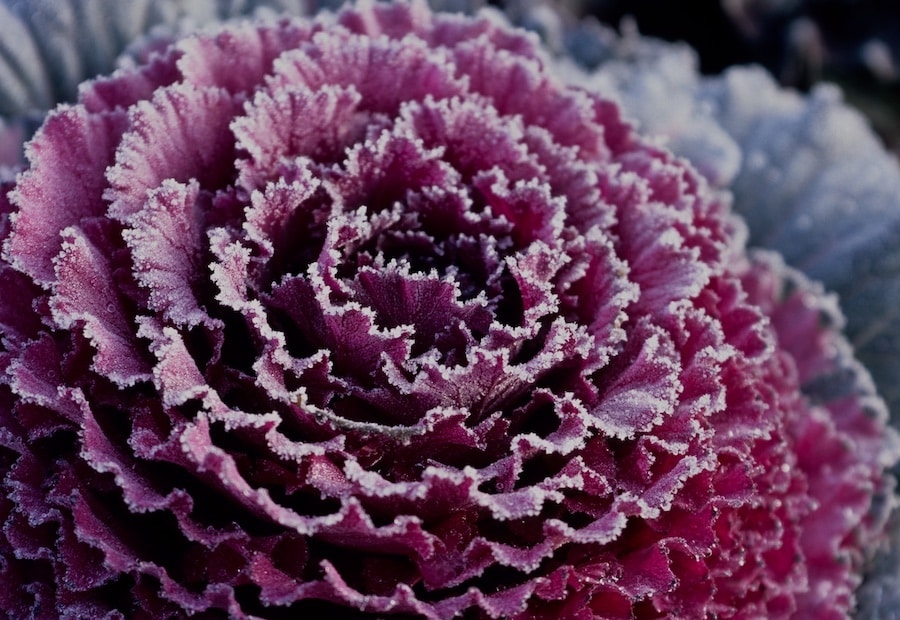
Understand your local climate so that you take care not to plant at a time when there is still a risk of late winter frost. Frost is detrimental to the survival of your plants, so if you live in an area where long winters are more common, make sure to pick more resistant plant varieties and try not to plant too early.
10. Don’t beat yourself up on perfect timing
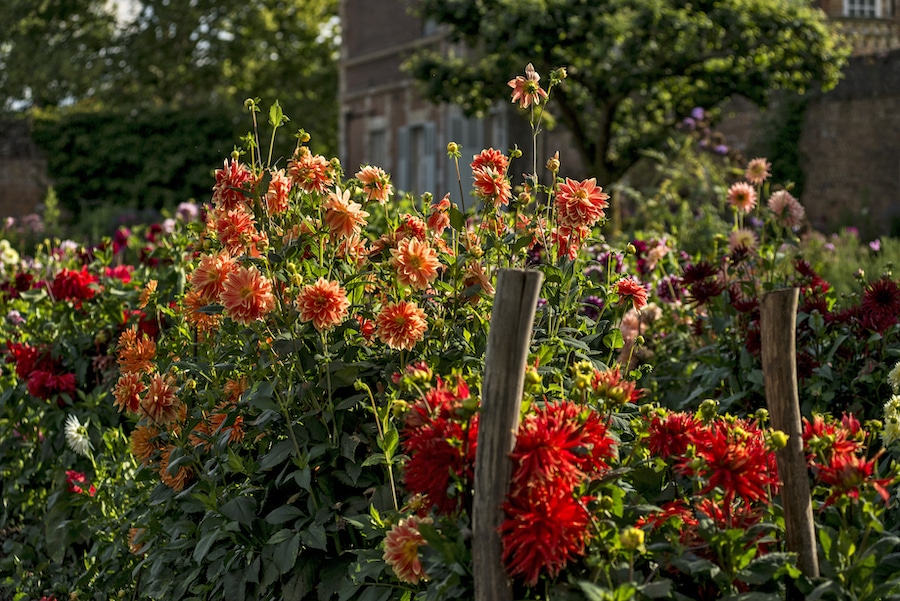
Seeds come with particular needs, but don’t beat yourself up if you miss the exact date of watering noted on the seed packet. Just like any living creature, plants are adaptable and they will forge on, even if the schedule is off by a few days.
11. Bonus: Read a lot of books!

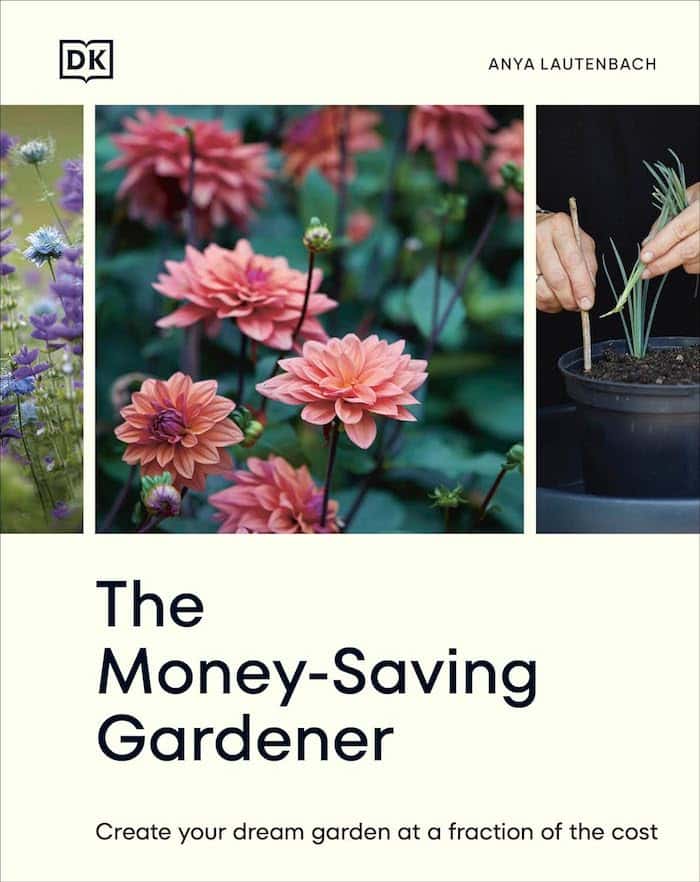
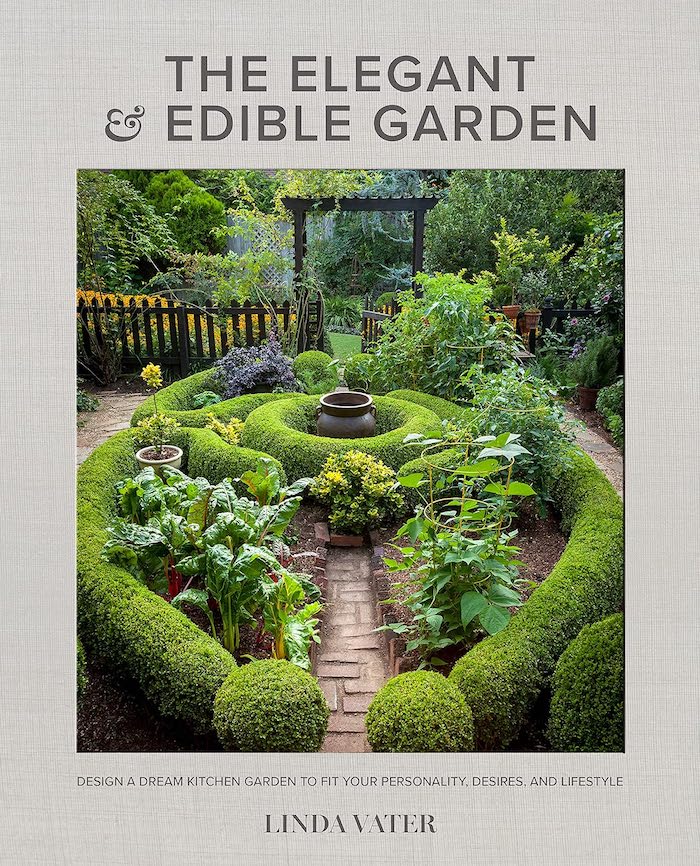
Gardening is an art and a science that is continuously evolving. With endless options to building a garden, there is so much to learn and understand for beginners and experts alike. In order to be prepared for planting your first garden or to be inspired for ways to expand your existing masterpiece, turn to the professionals, and read their books. Some of our favorite books include the following:
- The Money Saving Gardener by Anya Lautenbach
- The Cottage Garden by Claus Dalby
- Royal Horticultural Society Encyclopedia of Gardening by Christopher Brickell
- The Elegant and Edible Garden: Design a Dream Kitchen Garden to Fit Your Personality, Desires, and Lifestyle by Linda Vater
- The French Country Garden: Where the Past Flourishes in the Present by Louisa Jones
- The Art of French Vegetable Gardening by Louisa Jones
- Monet at Giverny by Eric Sander
Refer back to these tips throughout the continuous development of your at-home garden and you’ll be a gardening extraordinaire in no time!

